As you’re digging up the 10,000th spud or trimming the millionth cucumber (didn’t you only plant two of those?), you might be wondering what to do with all of your extra veggies.
While most gardeners are certainly happier to have surplus produce than to have an empty basket at the end of the season, it’s also a bit daunting to have 10 bushels of green beans on your hands.
Let’s look at some of your options for saving, storing, and sharing your excess vegetables. Some of these tips will work for both fruits and veggies, but we’ll focus on vegetables here.
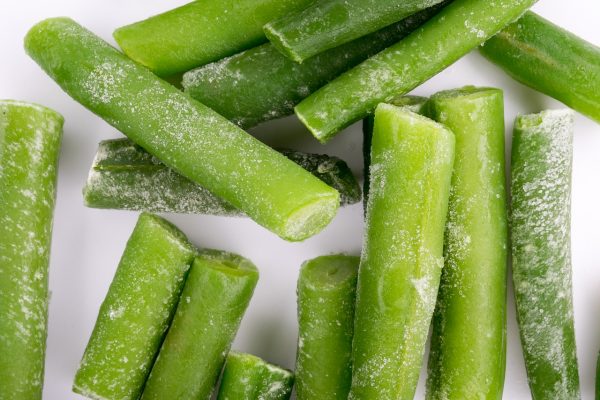
Option 1: Freezing Your Extra Veggies
This is by far the most popular option for preserving your excess vegetables. Why? It’s easy.
Freeze fresh for the best flavor. Briefly blanch vegetables by dipping them in boiling water, then quickly submerging them in ice water or very cold water. This prevents them from cooking. Then dry them with paper towels.
Why should I blanch my vegetables before freezing them? Blanching helps kill any germs on the outside of the vegetables and prevents enzymes from degrading the vegetables.
Next, pack the vegetables tightly inside of a heavy-duty plastic bag or freezer bag. You can also use a vacuum sealer to remove any extra air from the bag. The air inside of the bag will cause the vegetables to degrade in quality, so you’ll want to be sure it’s out!
Wrap the bags in aluminum foil and avoid using cheap bags. Then you can freeze the vegetables and enjoy them all winter long! Frozen vegetables can sometimes be a bit mushier than fresh vegetables, especially if they get freezer burned, so they may be best in cooked dishes.
You can freeze most vegetables. However, celery, lettuce, spinach, and potatoes don’t tend to freeze well.
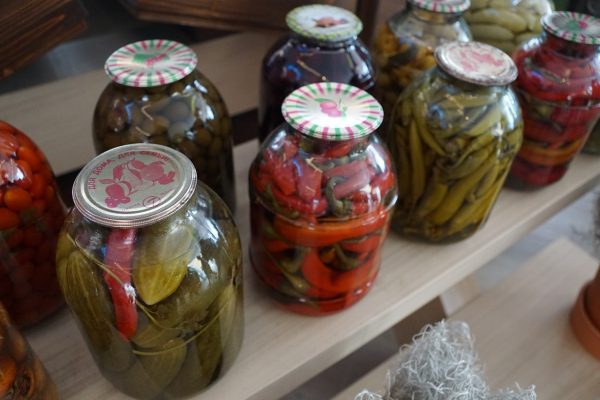
Option 2: Canning Your Extra Veggies
Canning essentially is the process of storing your vegetables (or fruits) inside of an airtight glass jar. When done properly, your canned vegetables can live at room temperature all year long.
Unfortunately, you need a pressure canner for most vegetables. That’s because they are a low-acid food.
Essentially, boiling water simply isn’t hot enough to make canned vegetables safe. If you pickle the vegetable first, you will be able to can it without a pressure canner. Otherwise, you need that pressure. The botulism bacteria spores, which reside in non-acidic vegetables, can survive boiling water!
Let’s assume that you have a pressure canner and would like to use this method to preserve your vegetables. The exact steps for pressure canning will vary based on which pressure canner you’re using and which vegetable you’re working with.
That said, you can always pickle your extra vegetables and go ahead with the canning process from there.
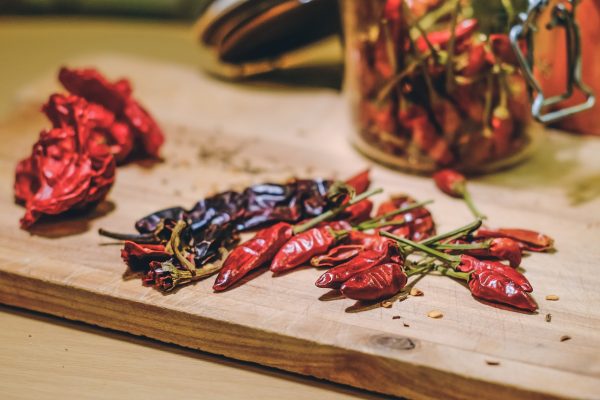
Option 3: Drying Your Extra Veggies
Dehydrating or drying your fruits and vegetables is an easy method of food preservation. This method will also work with fresh herbs.
Most dehydrators are pretty straightforward — just cut the vegetables how you’d like them, keeping in mind that they’ll shrink as they lose water. Then spread them in a single layer on the dehydrator and follow the guides for your machine.
If you don’t have a dehydrator, simply spread the vegetables in a single layer on cookie sheets. Put your oven on its lowest setting and check the veggies after about four hours. They generally will take 5-7 hours, though this varies from veggie to veggie and depending on how thick you cut them.
For some ovens, it’s best to prop the door open just an inch or so, to keep the inside from getting too hot.
You can use this method to make homemade vegetable chips with olive oil and salt or rehydrate your vegetables in a soup later on.
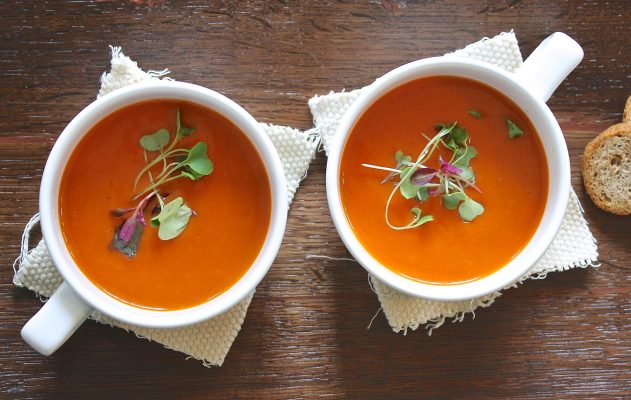
Option 4: Make Your Extra Vegetables into Soup
My father’s favorite way to save extra vegetables is to prepare a huge batch of food, then freeze it. Growing up, we’d spend a whole weekend making salsas and soups. For amateur cooks, this method often avoids creating mushy frozen vegetables.
This method has the added benefit of making for an easy meal later on. We are always grateful to discover the last few frozen containers of tomato soup in the back corner of the fridge.
This method is also great for vegetables that neither freeze nor dehydrate well — we’re looking at you, leafy greens. We made spinach and leek soup (heavy on the spinach) and cream of celery.
When we really had too much extra food, we’d share the prepared soup with friends and family. They appreciated this much more than just being handed a bag full of celery!

Option 5: Sharing Your Extra Veggies
Of course, there’s always the option of sharing your extra vegetables. If you don’t live in an area with lots of other gardeners, people will certainly appreciate your extra veggies. Friends, family, and neighbors can hardly complain about free food!
If you are feeling extra generous, host a potluck and make a giant dish that uses up a variety of your garden vegetables. Your friends will love the chance to get together, and you’ll free up some storage space.
My favorite go-to for potlucks is a multi-veggie chili. You can put almost anything from your garden in a chili and it will be delicious. Plus, it’s relatively easy to make a large batch.
If your loved ones are burned out from all of your extra zucchini, you can also set up a box of free vegetables at your front gate — or consider donating the surplus.
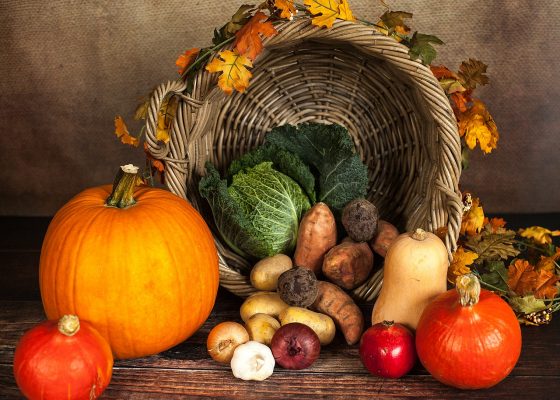
Option 6: Donating Your Extra Veggies
Good produce can be really expensive. If your extra vegetables are in good shape, you may be able to donate them to a local nonprofit. Connect with community leaders in your area to see if they can put your extras to good use.

Option 7: Sell Your Extra Veggies
Even if you’re not a farmer’s market regular, you can generally find a way to sell your delicious vegetables. Some farmers markets don’t allow walk-ons, but social media makes it easier than ever to sell, barter, or trade away your surplus harvest.
Do you have extra harvest this year? How are you planning on storing, preserving, or “re-homing” all of your extra veggies?













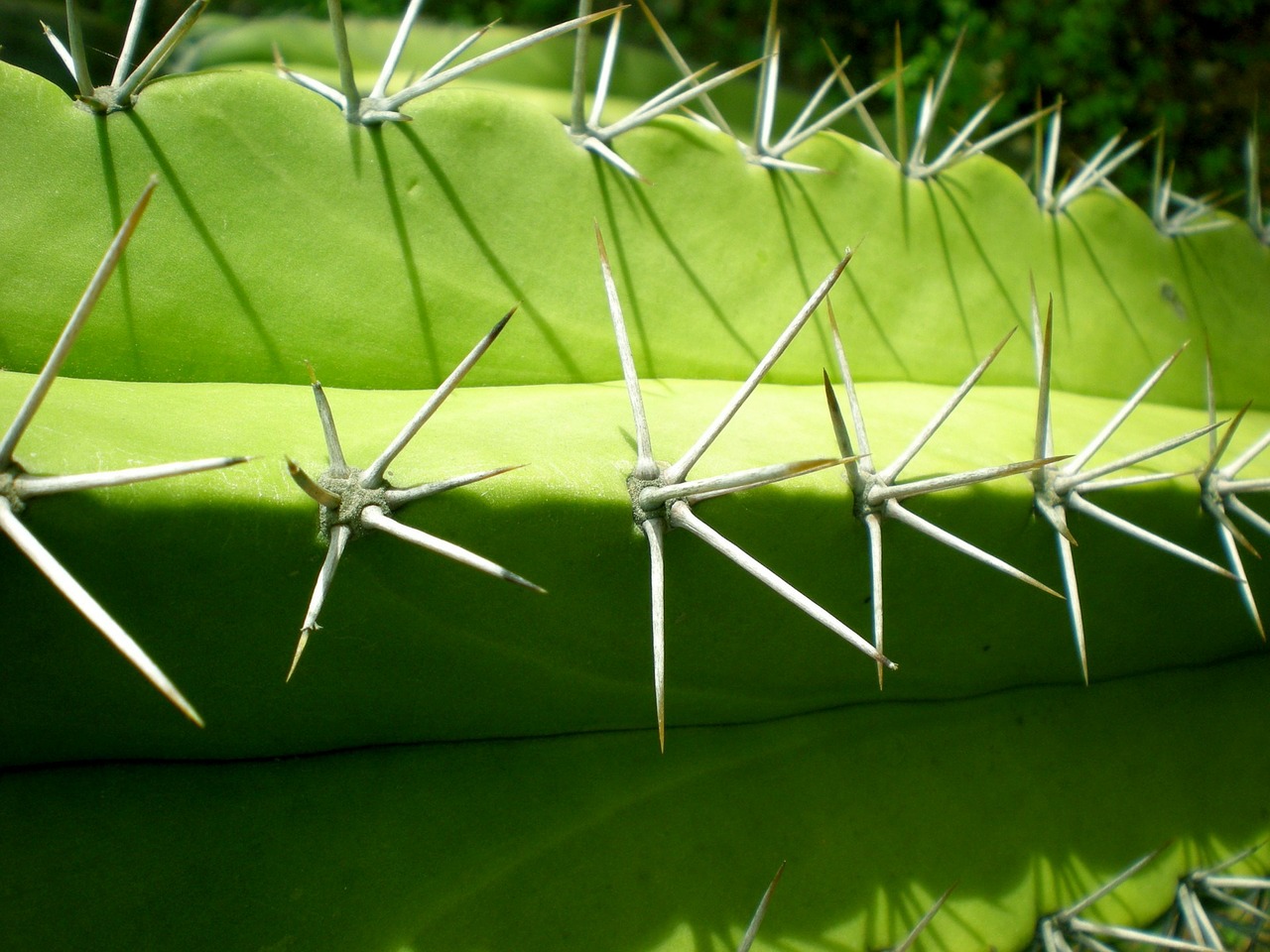

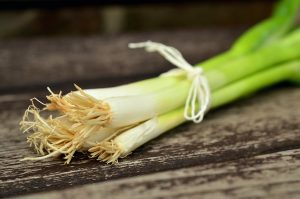
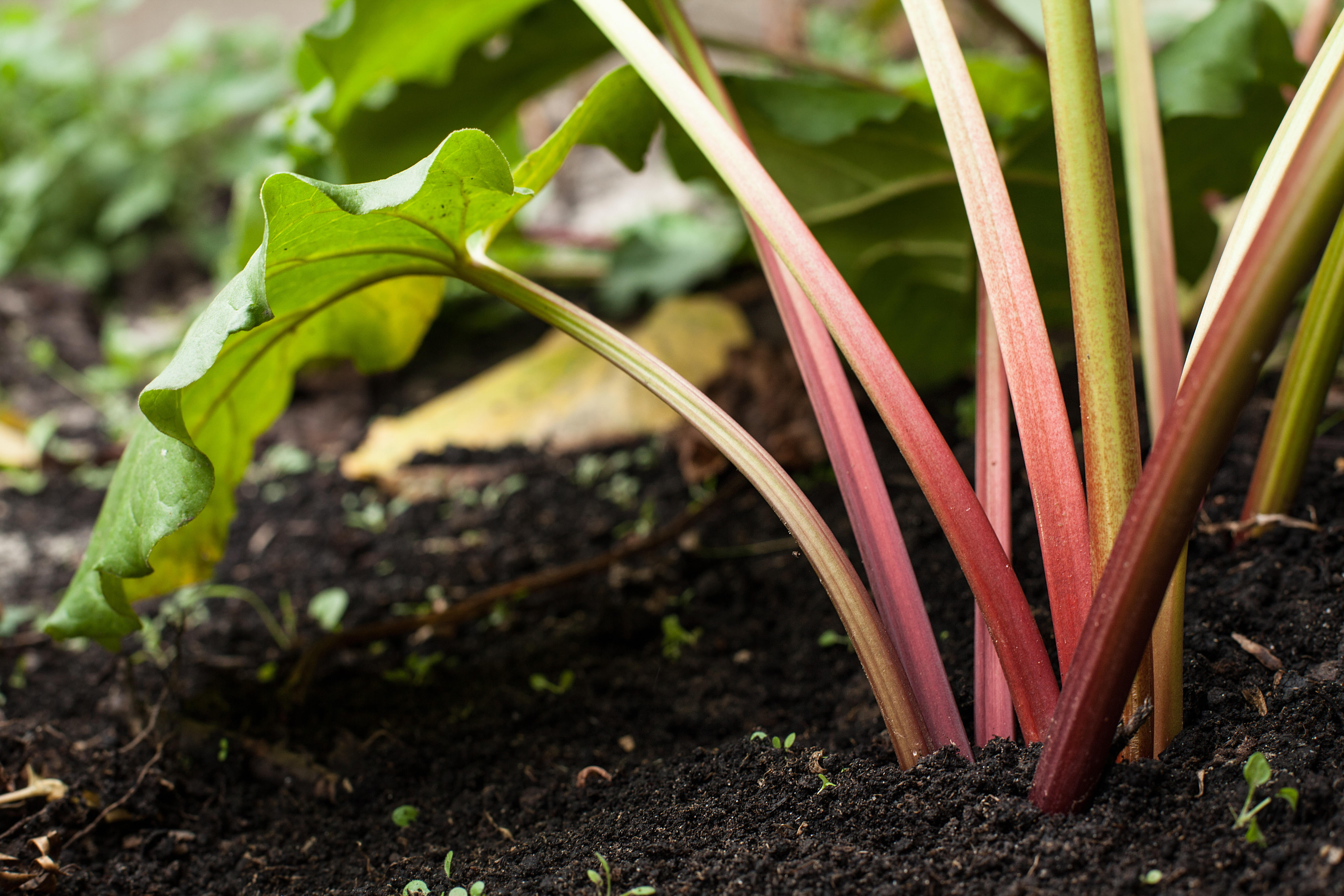

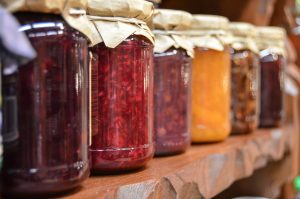
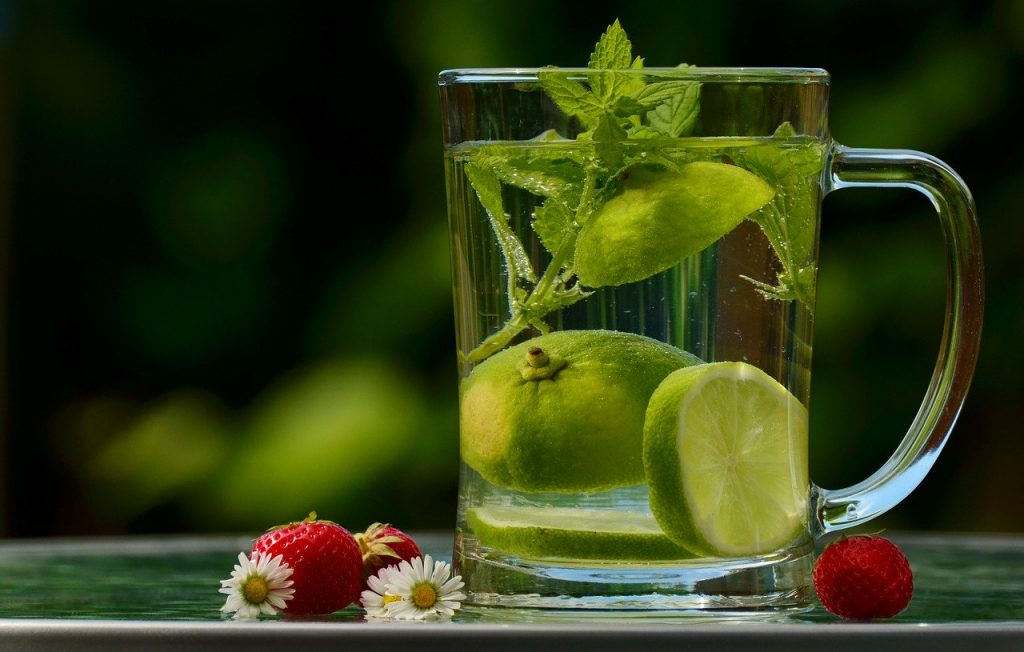
0 Comments